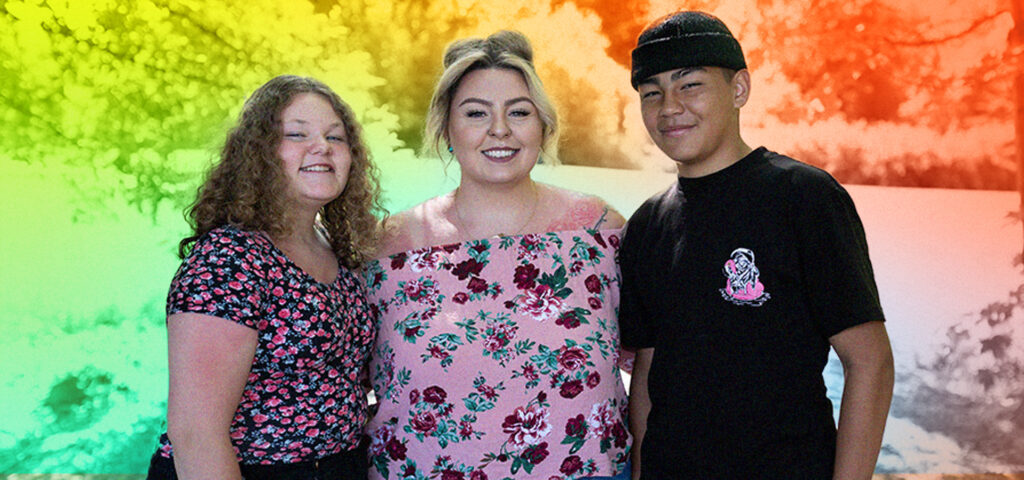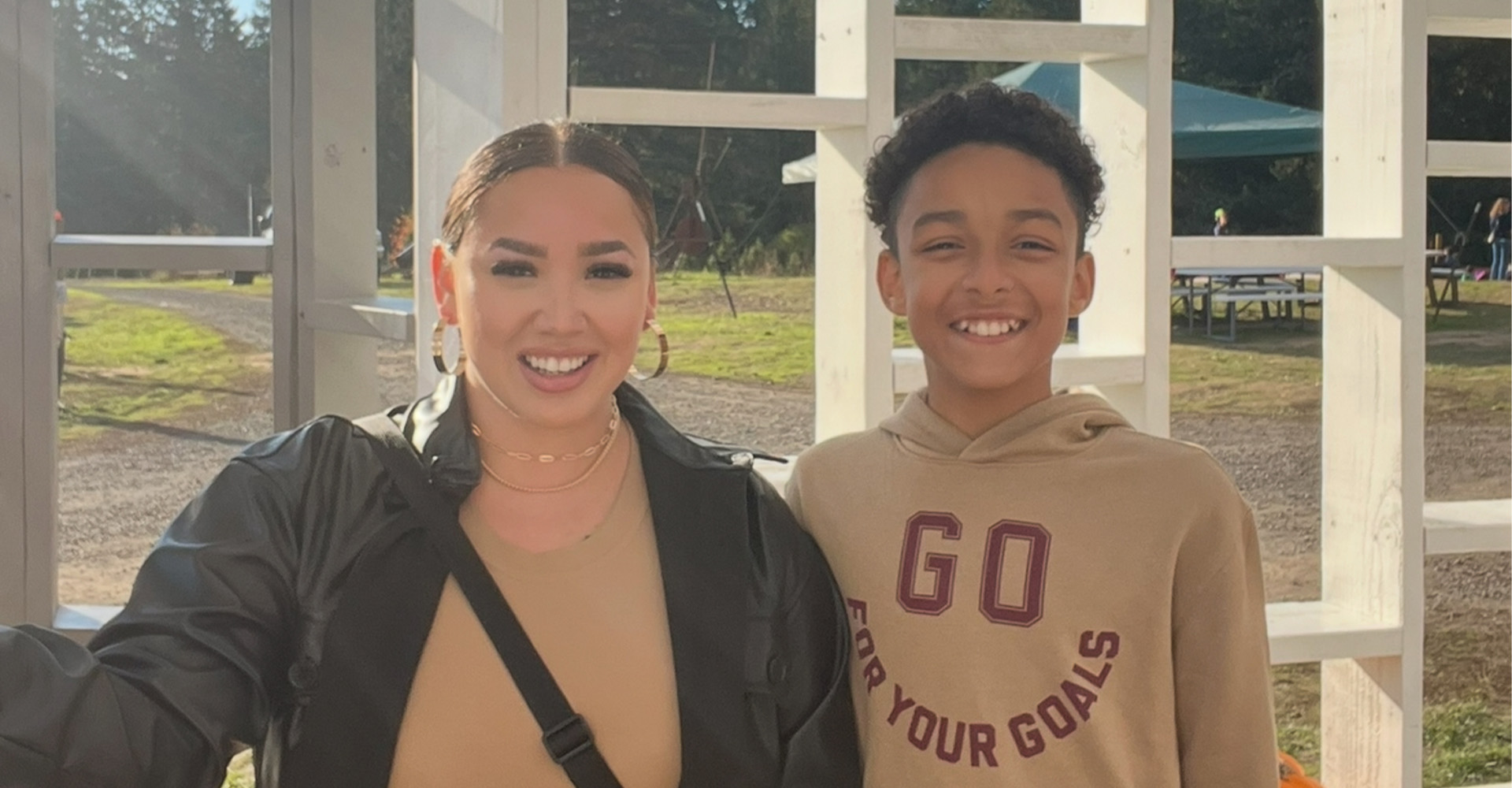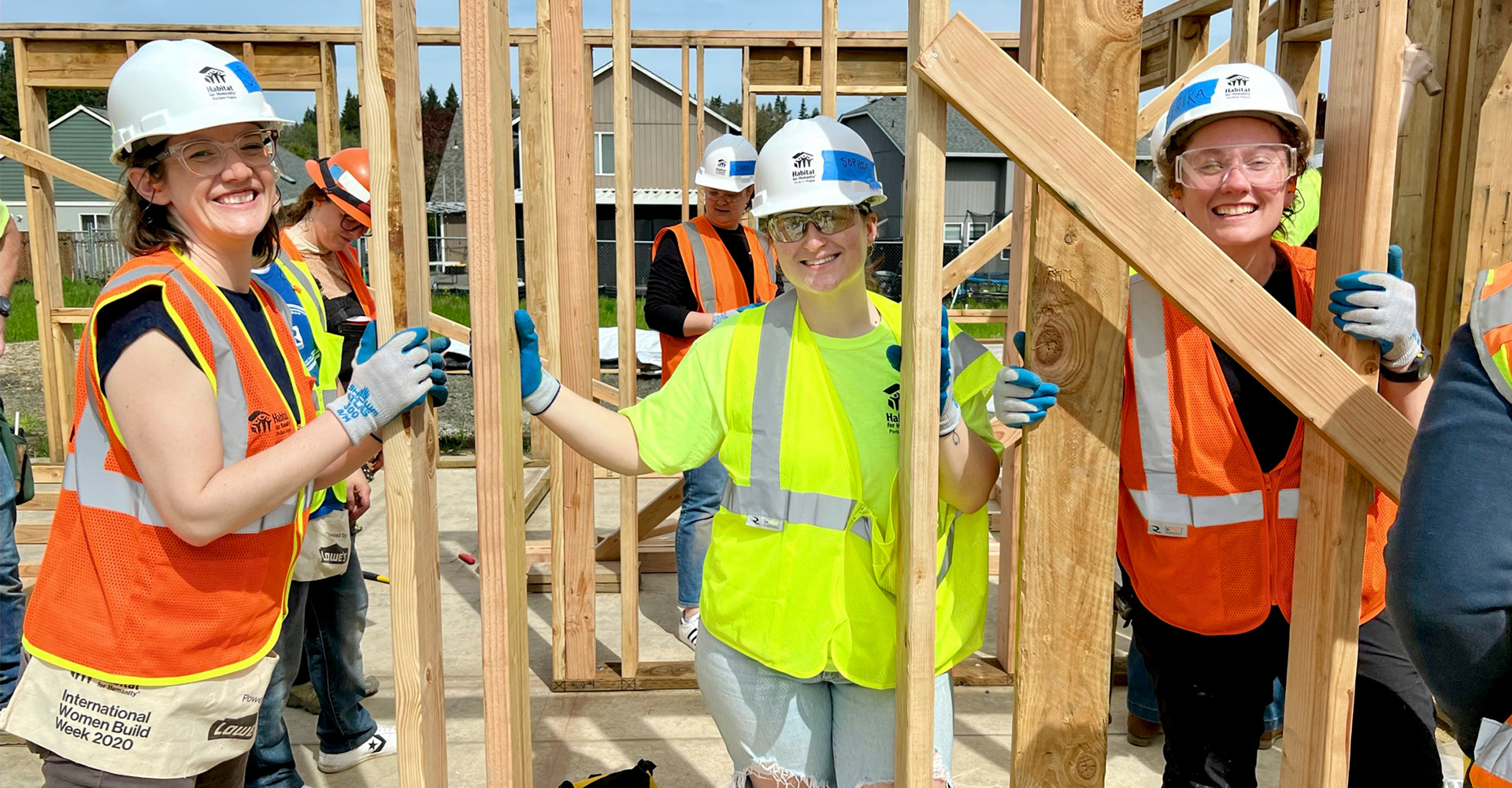
In 2019, Aimee’s life changed dramatically when her niece and nephew came to live with her. Stability for all of them became her main priority. Both her nephew, Diego, and her niece, Patricia, were in grade school at the time, and the need was not only to provide a stable home for them to live in but to also have a long-lasting, supportive community around them.
Habitat’s homeownership program was the answer, and now Aimee owns her own home in Beaverton, where she no longer fears rising rents, another move, and displacing her niece and nephew from their school district and community.
“It’s nice to be a part of a community because apartment living is different,” Aimee said. “Rent goes up, you have to move — but having a house is an investment.”
Along with the shortage of adequate, affordable homes, the housing crisis has also financially segregated populations and undercut the advantages of inclusive communities. Here are just a few of the factors at play:
- Systemic inequities hamper homeownership rates for households of color because of a legacy of discriminatory housing policies and institutional barriers. In the Portland metro region, Black homeownership rates are about 25% below their White counterparts, and nationally that rate has reached as high as 30%.
- Studies show that Black and Hispanic/Latine children from families with low incomes are more likely to experience higher residential instability and live in segregated neighborhoods with lower-quality schools. The National Center for Education Statistics found that about 45% of the nation’s Black and Hispanic/Latine students attend schools where most students are from families with low incomes, compared with only 8% of white students.
- High-poverty, racially and ethnically segregated schools tend to have lower average academic achievement than racially and ethnically integrated schools.
- Mixed income communities are shown to expand social networks and improve health, and are credited with providing a safer environment, exposure to better job opportunities, and educational, health and behavioral benefits in children.
At Habitat Portland Region, nearly 80% of our new homeowners are people of color, populations that have historically been shut out of homeownership opportunities due to local urban renewal, gentrification, and racist housing policies. Our Advancing Black Homeownership Initiative is Habitat’s commitment to closing the Black homeownership gap.
Habitat helps foster inclusive communities and prevent the displacement of residents by building new homes and performing critical home repairs for people who already own homes. Habitat’s Home Repair program partners with existing homeowners to alleviate costly health and safety issues and allow them to age in place in their own communities.
Affordable housing helps communities thrive. It ensures teachers can live where they teach, firefighters can live where they serve, and business owners can set up shop locally. When our neighbors have affordable housing, they can in turn fuel economic growth through spending more on goods and services, bolstering local businesses and the local workforce.
As Aimee says, it’s an investment — not just in one household, but in the entire community we call home.
Read more in this series:
Frame a future where every child thrives in school
Frame a future with safe, healthy homes for all
Frame a future where everyone can reach financial stability
Learn more about the connection between safe, affordable homes and inclusive communities, along with other issues such as education, health, and financial growth, here.
Read more about Aimee’s journey to homeownership.

Help Frame a Future of possibilities for our children
Join Habitat’s Frame a Future campaign to build affordable homes, create brighter futures for families, and strengthen our community for generations. To learn more about the Frame a Future campaign, visit the webpage below.
Donate to double your impact
Thanks to a generous match from Tom and Noelle Mehlhorn, every dollar you give will be matched—up to $101,000. That means twice the homes, twice the hope.

